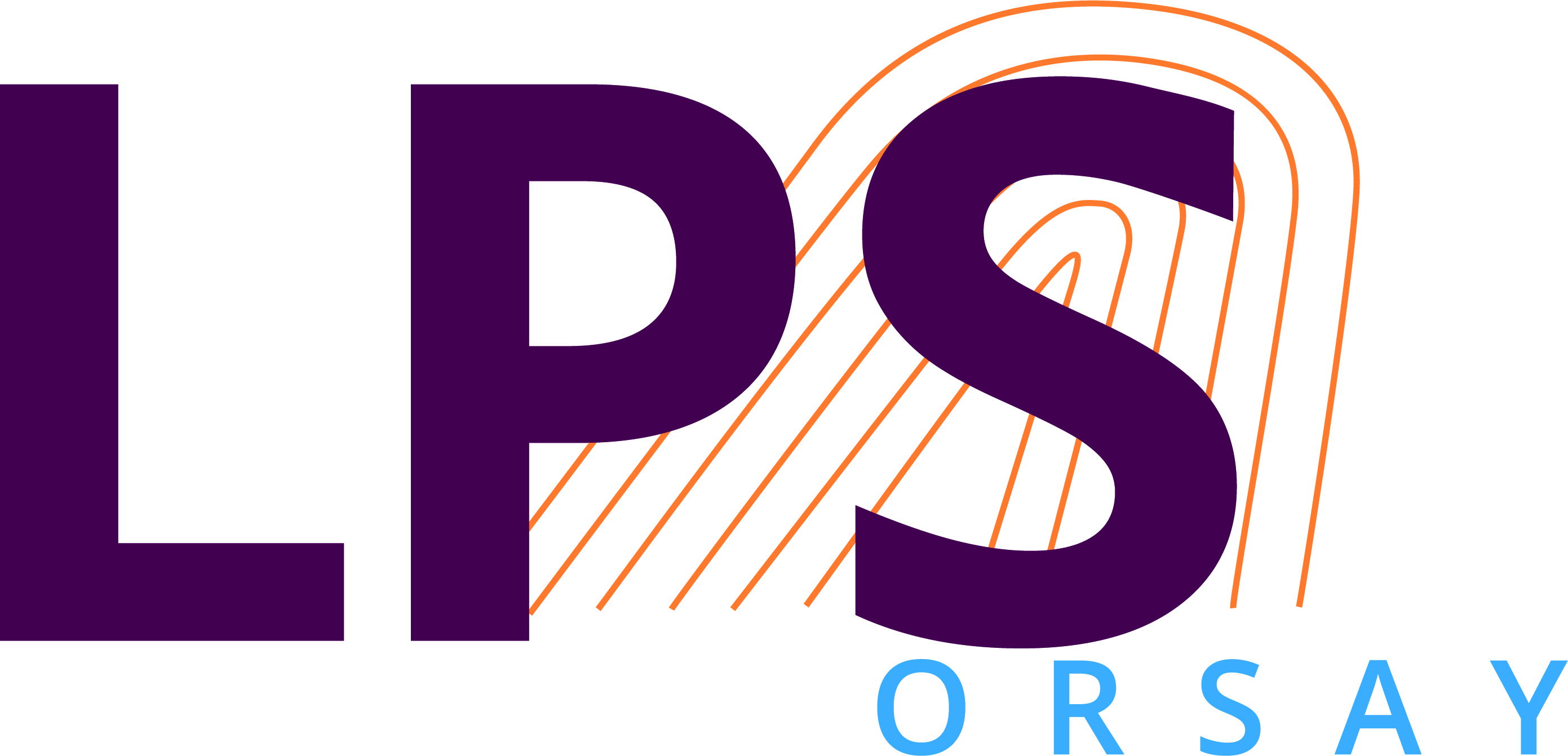Spatial extent of the Dzyaloshinskii-Moriya interaction at metallic interfaces
Résumé
We experimentally investigate the range of the Dzyaloshinskii-Moriya interaction (DMI) occurring at magnetic interfaces within metallic heterostructures. To this aim we perform Brillouin light scattering spectroscopy on a set of Co-based, asymmetric metallic heterostructures, incorporating atomically thin continuous films obtained by room-temperature sputtering, and of identical orientation and quality. We thus access to the intrinsic dependence of the interfacial DMI and other magnetic interactions on the thickness of the non-magnetic layer adjacent to Co, which is chosen among Pt, Ru and Au. Notably, we observe that a robust DMI is already generated by as few as two atomic planes of Pt, and that interfacial DMI can be efficiently suppressed by a dusting of Ru equivalent to a single atomic plane coverage. These results point directly towards a mechanism where DMI is generated within the two first atomic planes away from the interface, in agreement with first-principles calculations. This locally generated DMI is however likely to be modulated by more distant atoms in the case of strain effects. The short-range aspect of the interfacial DMI opens up the synthesis of dense magnetic multilayers, allowing for a strong interfacial DMI even with very thin layers, which can be further tuned by strain engineering.
| Origine | Fichiers produits par l'(les) auteur(s) |
|---|



